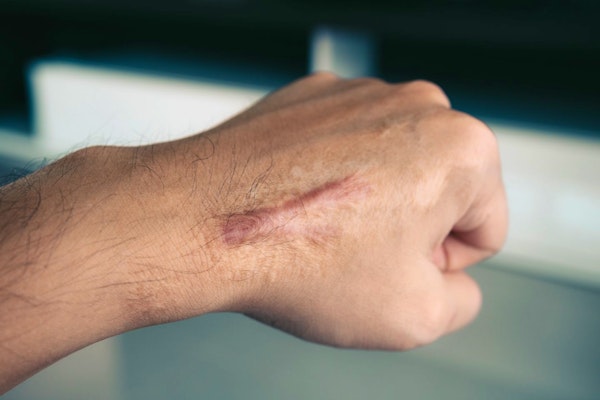Occupational therapy plays a vital role in wound and scar management by promoting healing, reducing complications, and improving functional outcomes. For wounds, therapists use techniques such as edema control, proper positioning, and specialized dressings to optimize the healing environment. They may also employ modalities like electrical stimulation, ultrasound, and laser therapy to enhance circulation, reduce inflammation, and accelerate tissue repair. Additionally, therapists educate patients on mobility strategies to prevent excessive pressure on healing tissues, which is crucial for individuals with chronic wounds, such as diabetic ulcers or pressure sores.
For scar management, occupational therapy focuses on minimizing scar tissue formation and improving tissue mobility. Manual therapy techniques, including scar massage and myofascial release, help break down adhesions and improve flexibility. Stretching and strengthening exercises prevent contractures and restore range of motion, especially in areas prone to stiffness after surgery or injury. Additionally, modalities such as silicone sheeting, compression therapy, and ultrasound can be used to soften and flatten hypertrophic or keloid scars. By incorporating these interventions, occupational therapy not only enhances cosmetic outcomes but also ensures that scars do not limit movement or function.

